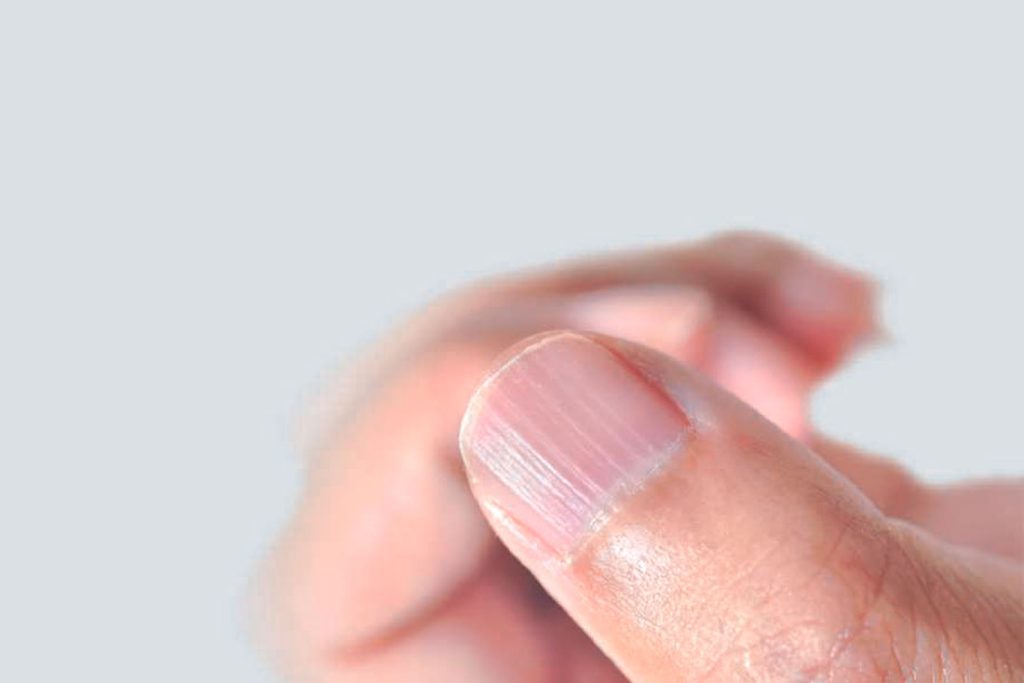Nail Plate Malformation: A Comprehensive Guide for Beauticians
Nails, the hard protective layer covering our fingertips, are not merely aesthetic elements of our hands. They play a vital role in protecting our delicate fingertips and enhancing tactile sensitivity. For beauticians, understanding the intricacies of nail growth, health, and potential malformations is crucial. This article delves deep into the phenomenon of nail plate malformation and offers insight into its prevention, recognition, and management.

Nail Plate Malformation
Understanding Nail Growth and Formation
1. The Heart of Nail Growth: The Matrix
The matrix, located beneath the nail base, is responsible for the continuous growth of the nail plate. As long as the matrix remains healthy and free from damage, the nail plate will continue its steady growth.
2. Nail Replacement Dynamics
- Fingernails: A complete nail plate replacement in our hands typically spans four to six months.
- Toenails: The nail plates on our toes, on the other hand, take anywhere between nine months to a year for a full replacement.
3. The Growth Mechanism
Unlike hair, which undergoes periodic shedding, nail plates don’t shed automatically. Instead, as the matrix cells differentiate into specialized cells, they push the existing differentiated cells upward. This action drives the nail plate slowly towards the free edge, determining its growth rate. Simply put:
- Faster cell production leads to quicker nail growth.
- Conversely, slower cell production can retard nail growth.
Nail Plate Malformations and Their Causes
1. Matrix Damage and its Consequences
Any form of damage or infection in the matrix can modify the nail plate’s thickness and shape. One prominent sign of matrix malfunction is when a section ceases cell production, leading the nail plate to thin and display a narrow groove.
2. The Aging Effect
As individuals age, it’s not uncommon for parts of the nail matrix to slow down in terms of cell production. This deceleration often manifests as multiple slender grooves running down the nail plate’s length.
3. Grooves Vs. Ridges
A prevalent misconception is the identification of these grooves as ridges. However, it’s pivotal to understand that the matrix only forms grooves and not ridges. Beauticians often encounter clients who mistake these grooves for ridges and may erroneously advise filing them. It’s vital to note that filing these so-called ridges will inadvertently thin and weaken the entire nail plate.
Recommendations for Beauticians
1. Comprehensive Assessment
Before embarking on any nail treatment or manicure, it’s essential to assess the client’s nails thoroughly. Look out for signs of nail plate malformations, particularly grooves.
2. Educating Clients
Empower your clients with knowledge. Explain the difference between grooves and ridges and advise them against unnecessary filing which could compromise the nail’s strength.
3. Emphasize on Nail Health
Promote practices and products that nurture the matrix and overall nail health. This might include cuticle oils, moisturizers, and possibly dietary recommendations that support nail health.
4. Avoiding Further Damage
If a client exhibits signs of nail plate malformations, recommend avoiding aggressive nail treatments, hard filing, or the application of chemical nail hardeners which could exacerbate the condition.
Conclusion
In the world of beauty, nails are often seen through the lens of color and design. Yet, underlying this canvas is a complex structure governed by biology and health dynamics. For beauticians, a deep understanding of nail health, growth, and potential malformations is crucial. By blending aesthetics with science, beauticians can offer their clients not just beautiful nails, but healthy ones too.






